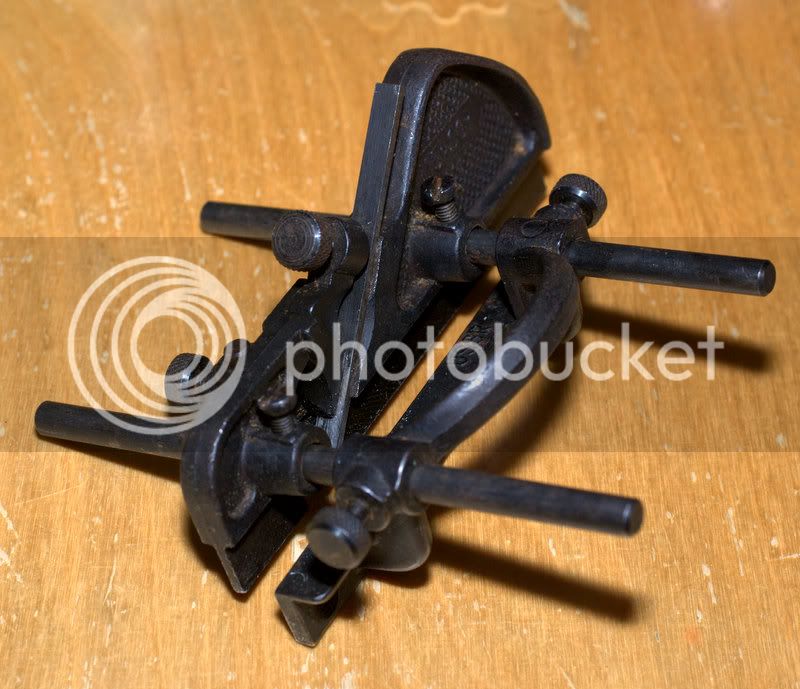user 24793
Member
- Joined
- 21 Jul 2016
- Messages
- 6
- Reaction score
- 0
Hi all, this is my first post here after lurking for a while so apologies if I've picked the wrong section of the form to ask questions in!
I recently finished a short introduction to furniture building (very proud of my ash side-table!) but I'm still an absolute novice. To give myself a ton of practise with various joints I'm making some small boxes from ash offcuts. I'll most likely be using something like 3mm plywood for the bottom, sitting in a slim groove (like in the attached image).
When I've done this before I quickly used a table-saw to cut the groove and went on my way, but I'm currently working at home with handtools. What's the best way of cutting such a slim groove using handtools? My thinnest chisel is 5 or 6mm, but buying a tiny new one for this feels like overkill - am I wrong?
The groove runs the length of my ash boards, going with the grain, so I'm not sure any of my saws are long enough to make these cuts in one go. Any advice or pointers would be very welcome!
I recently finished a short introduction to furniture building (very proud of my ash side-table!) but I'm still an absolute novice. To give myself a ton of practise with various joints I'm making some small boxes from ash offcuts. I'll most likely be using something like 3mm plywood for the bottom, sitting in a slim groove (like in the attached image).
When I've done this before I quickly used a table-saw to cut the groove and went on my way, but I'm currently working at home with handtools. What's the best way of cutting such a slim groove using handtools? My thinnest chisel is 5 or 6mm, but buying a tiny new one for this feels like overkill - am I wrong?
The groove runs the length of my ash boards, going with the grain, so I'm not sure any of my saws are long enough to make these cuts in one go. Any advice or pointers would be very welcome!



































